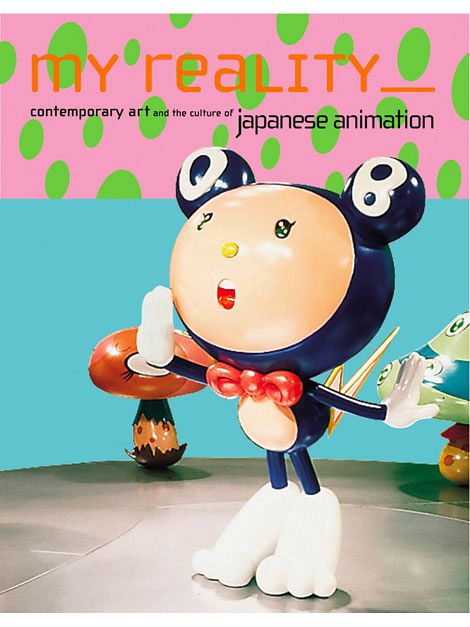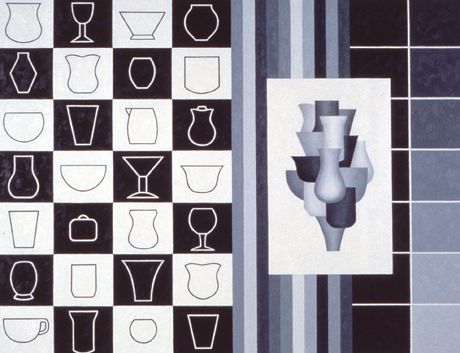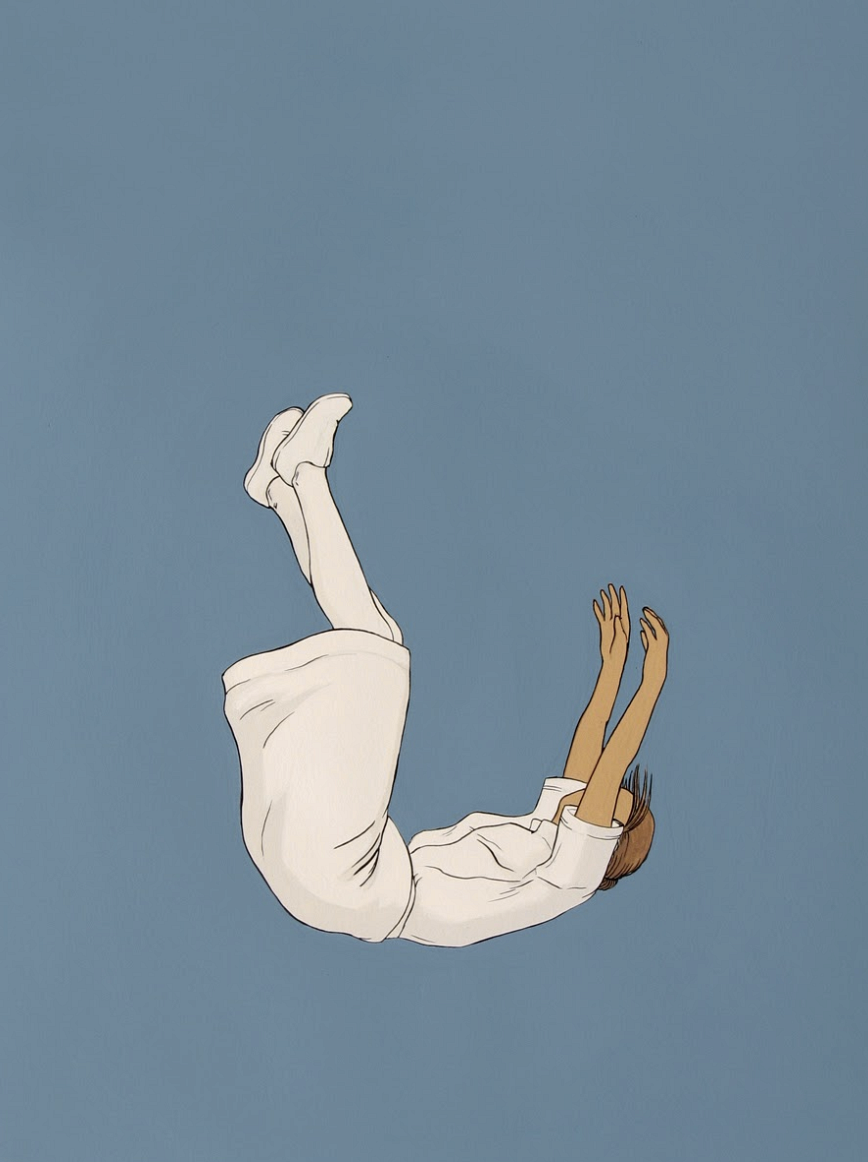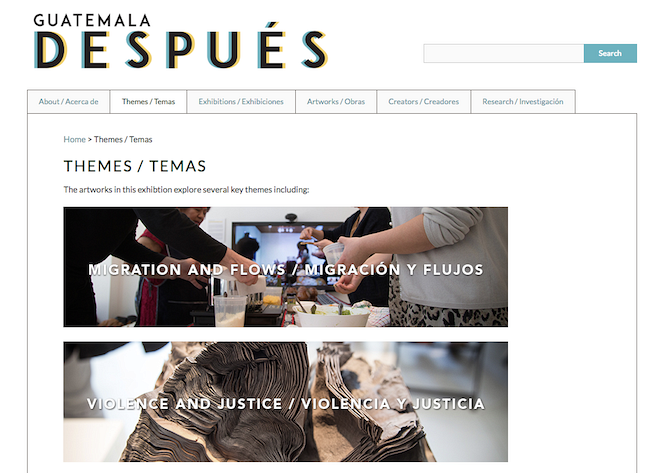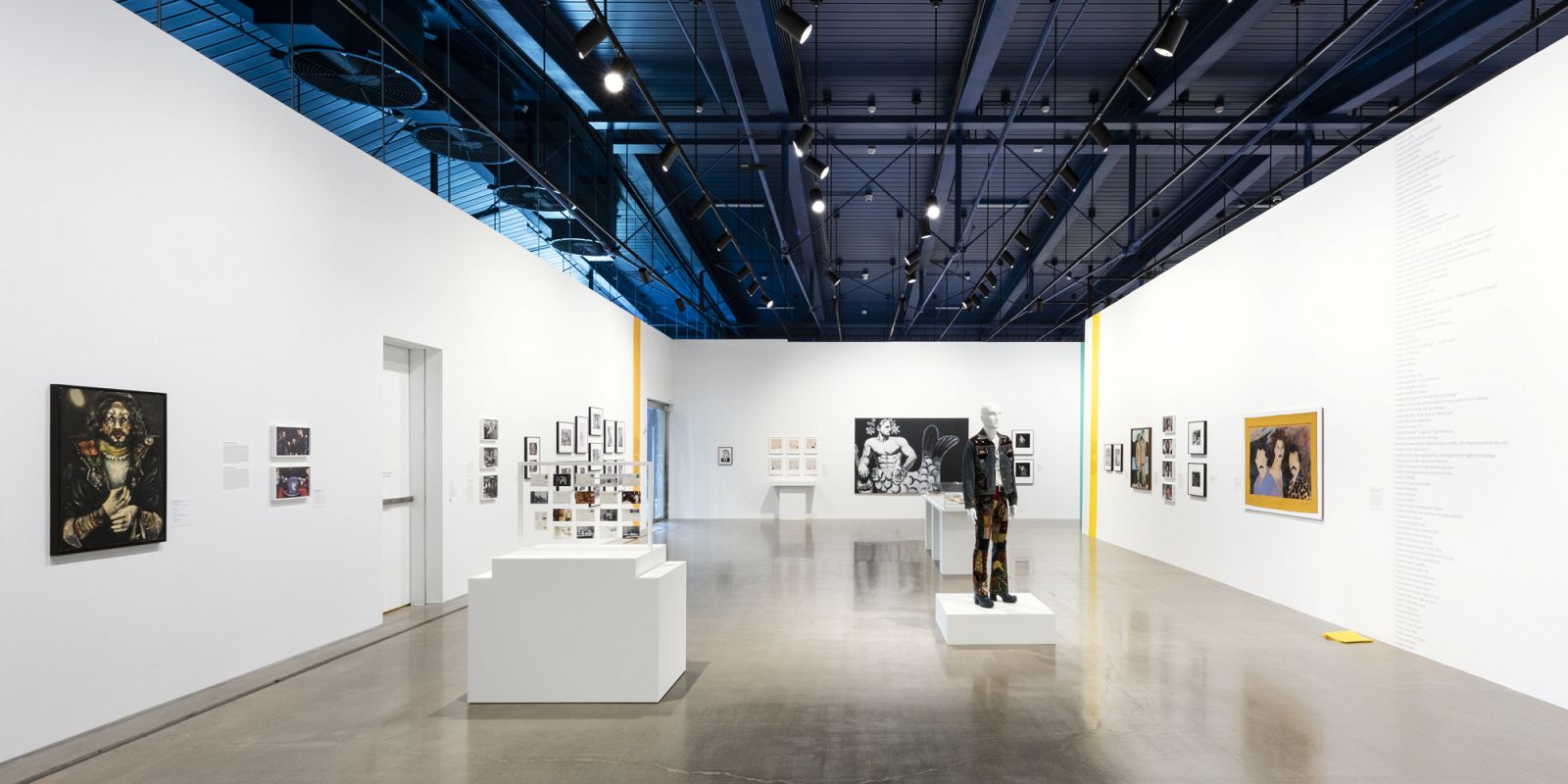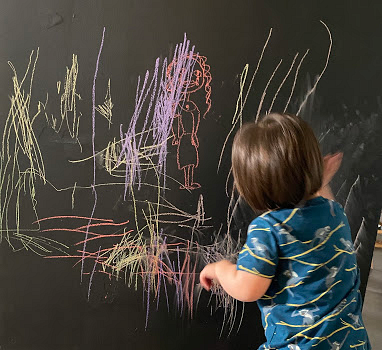Japanese animation (anime), which has attained almost cult status among young people globally during the past several decades, is increasingly breaking into the mainstream. My Reality: Contemporary Art and the Culture of Japanese Animation investigates the effect that this form of pop culture has had on today's art in Japan and other Asian countries and in the West. Presenting works by artists from these different regions, the exhibition explores how Western and Eastern artists have influenced one another through their shared interest in the culture of anime.
American animated cartoons and comic books became popular among Japanese youth after World War II as part of their rebellion against post-Hiroshima society. In a countertrend, Japanese anime became popular in the U.S. and elsewhere around the world initially through limited importation of Japanese comic books (manga) and animated films. While anime has its origins in Japanese wood-block printing as well as American animation, it posits technology as a positive force in contemporary society and, therefore, much anime has a futuristic quality. The works in the exhibition focus on slick, sci-fi concepts such as futuristic technology, cyborgs and other humanoid robotics, aliens and fantastic creatures, and a post-nuclear apocalyptic landscape. The exhibition also explores social and economic themes such as gender roles, consumerism, and pop culture. The works on view range from Paul McCarthy's cartoon characters to Micha Klein's glossy images inspired by club culture; and from Takashi Murakami's sculpture, which uses anime directly, to Momoyo Torimitsu's enormous balloon rabbits, which satirize anime's exaggeratedly cute images.

